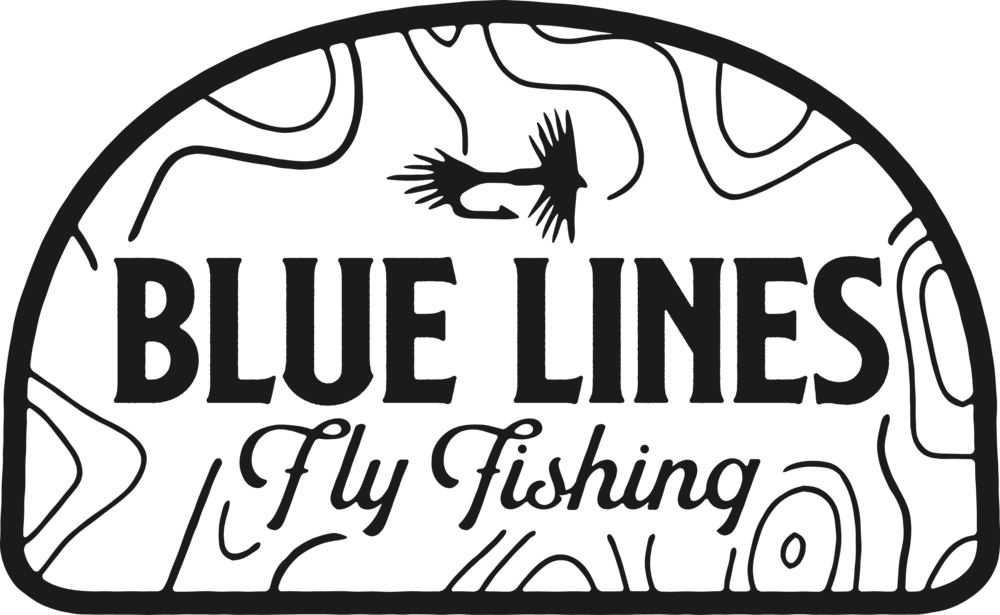By Jeffrey Stutsman
There is no sunrise. I have been awake long enough to watch the sky shift from black to a pale Nordic blue. It gradually moves away from nighttime until suddenly, it’s time to get up. Which is a problem. Somehow, in the middle of the night, my feet snuck out from the cover of blankets and now feel suspiciously like blocks of ice. I tuck the covers back over my feet and resolve not to get out of bed until I can feel my toes again.
I’m sprawled across the lower bunk of a dirty brown, 1984 VW Westfalia. Baxter is curled up on the floor. He is wearing an insulated dog jacket and three fleece blankets. Only his nose is visible. He looks like a hirsute Russian bag lady, or the wolf, right before Riding Hood gets eaten.
Nothing is happening with my toes and Baxter doesn’t make coffee (which is the only thing about him that I don’t like), so I gather up my courage and walk the three feet from my bed to the kitchen. I bring the blankets along. Baxter isn’t the only one who can impersonate a baglady. I’ll have to grind the beans fresh because you don’t have to sleep in the city in order to be pretentious and anyway, cranking a cup’s worth of beans through the Hario has the additional benefit of warming up my hands.
The pile of fleece on the floor stirs as Baxter begins to unfold himself from his blanket fort. I say, “My, what big teeth you have.” But he shakes himself awake in a manner that indicates he is a dog, and doesn’t know what the fuck I’m talking about.
We have a big day ahead: today will be the day I catch a trout on the Arkansas river, but I only have, maybe, two hours before I have to head back home, and it’s still cold as hell, which means I’ll have to do it well before the fish will be active.
And it’s windy.
The pool is about two miles upstream of our campsite. Even this early, it looks fishy. The river moves slowly around several boulders, there’s no real back eddy but there are several lazy seams and channels. The water is deep and riddled with structure. The river is a glowing sort of green. It looks like the water itself is preparing for spring. I leave Baxter in a small, shady clearing about halfway up the bank. It’s close enough that he can watch for trout but far enough (I hope) that he won’t be able to spook them.
It’s early April, so I brought many nymphs to the river and I dutifully work through them without success. At the head of the pool, I slow down and change tack, eschewing the complicated, realistic flies I’ve been using and instead tying on a size 12 yarn-bodied soft hackle and a size 20 RS2. I shorten my line and time my casts to lulls in the wind. And I watch the water. When I see a large shadow move, then turn around and disappear again, I actually hold my breath. I wait for the right moment and cast for the point that will draw my flies through its feeding lane but an unexpected gust of wind buffets my line and everything splashes down a little too hard and too far to the right. I panic. I start searching the shadows for movement, for a sign that it’s over, but my hands take up the slack in the line and lift my rod, mending the drift back to the left.
I have given up and am busy scouting the water ahead for another likely spot so I feel the take more than I see it. It is a cold-weather strike, unhurried and gentle, so I set the hook in the same way. A darting yellow flash resolves into a brown trout; golden, and speckled, and fat. It runs for the faster current in the center of the stream and puts a good bend in my fiberglass rod, but comes back to the shallows without much fanfare. He is calm, swishing his tail while I trace my line to the fly. And after I twist the soft hackle from his mouth, I hold him in the water for just a second, watching colors shift across his back: yellow, gold, tan. Baxter is asleep in a patch of sun, so it is just me and the trout and the river. When he is gone, I feel calm, too.

